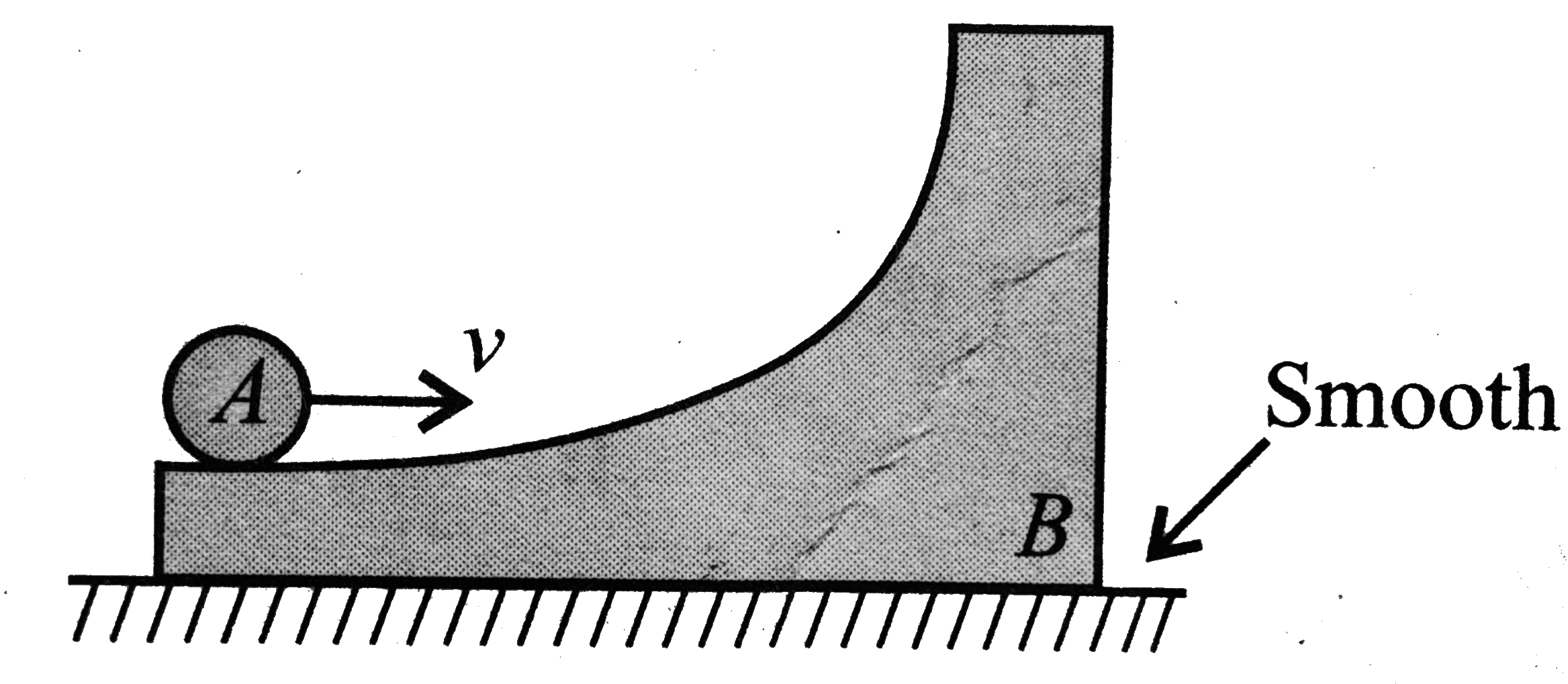A
B
C
D
Text Solution
Verified by Experts
The correct Answer is:
|
Topper's Solved these Questions
RIGID BODY DYNAMICS 2
CENGAGE PHYSICS|Exercise Multiple Correct|26 VideosView PlaylistRIGID BODY DYNAMICS 2
CENGAGE PHYSICS|Exercise Linked Comprehension|71 VideosView PlaylistRIGID BODY DYNAMICS 2
CENGAGE PHYSICS|Exercise Subjective|19 VideosView PlaylistRIGID BODY DYNAMICS 1
CENGAGE PHYSICS|Exercise Integer|11 VideosView PlaylistSOUND WAVES AND DOPPLER EFFECT
CENGAGE PHYSICS|Exercise Integer|16 VideosView Playlist
Similar Questions
Explore conceptually related problems
Knowledge Check
A
B
C
D
Submit
A
B
C
D
Submit
A
B
C
D
Submit
Similar Questions
Explore conceptually related problems
CENGAGE PHYSICS-RIGID BODY DYNAMICS 2-Single Correct
- A uniform solid sphere of radius r is rolling on a smooth horizontal s...
09:14
|
Play - A uniform flag pole of length L and mass M in pivoted on the ground w...
02:11
|
Play - In the figure shown, a ring A is initially rolling without sliding wit...
07:14
|
Playing Now - Two points of a rod move with velocity 3 v and v perpendicular to the...
01:34
|
Play - A sphere is released on a smooth inclined plane from the top. When it ...
05:37
|
Play - A smooth tube of certain mass is rotated in a gravity-free Space and r...
03:19
|
Play - In the figure shown, a ball without sliding on a horizontal, surface. ...
05:13
|
Play - A ring of radius R rolls without slipping on a rough horizontal surfac...
03:40
|
Play - A uniform ring of radius R is given a back spin of angular velocity V(...
02:52
|
Play - A disc is performing pure rolling on a smooth stationary surface with ...
03:33
|
Play - A particle of mass m is rigidly attached at A to a ring of mass 3m and...
07:01
|
Play - A uniform smooth rod (mass m and length l) placed on a smooth horizont...
05:13
|
Play - A soldi sphere a hollow sphere and a disc, all haing same mass and rad...
02:02
|
Play - A uniform rod of mass m and length l is placed over a smooth horizonta...
05:34
|
Play - A mass m is moving at speed v perpendicular to a rod of length d and m...
02:50
|
Play - A particle falls freely near the surface of the earth. Consider a fixe...
01:23
|
Play - A ball of mass moving with constant velocity u collides with a smooth ...
02:36
|
Play - A solid sphere of mass M and radius R is placed on a rough horizontal ...
05:47
|
Play - An object of mass M and radius R is performing pure rolling motion on ...
04:41
|
Play - A uniform rod of mass M and length L is free to rotate in X-Z plane i...
05:09
|
Play
